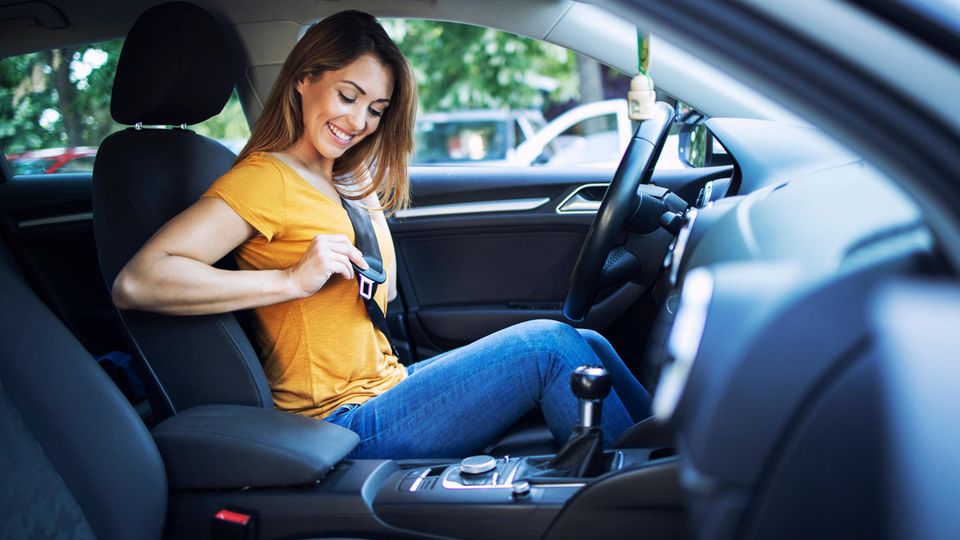Road traffic
The black box requirement for cars is coming: What’s behind the surveillance box?
From July 7, 2024, newly registered cars in Germany must be equipped with a so-called event data recorder, often called a black box.
© Sebastian Gollnow / DPA
The black box will become mandatory in new cars in July. What data does the so-called Event Data Recorder collect? And how long are they stored? Answers to the most frequently asked questions.
A lot will change for newly registered vehicles from July. Not only are a wide variety of assistants, including a drowsiness and attention warning system, an emergency lane keeping assistant, a reversing assistant and an intelligent speed assistant, becoming mandatory, but also the presence of a so-called event data recorder (EDR). Called a black box.
The black box is intended exclusively for the reconstruction of accidents and accident research. But the uncertainty is great – because the box actually continuously records a lot of data that is saved in the event of an impact.
What the black box monitors
The small box constantly monitors the journey. It records data such as accelerator pedal operation, speed, braking activity, steering angle, speed, ABS and stability control activity and the ignition cycle. There is also information about whether passengers were wearing seatbelts, whether the airbags were activated and position data. The recording period is five seconds before an accident and 300 milliseconds after.
The EDR works exclusively locally. There is no way to retrieve the data over the Internet. For evaluation, you need access to the OBD interface or – after an accident – the airbag control unit, on which the software is usually installed. This means that the black box is not suitable for so-called telematics tariffs from insurers that offer discounts for sending in driving data.
The recorder also does not save the data permanently – as long as there is no accident, the information recorded is continually overwritten. There is no possibility of replicating driving habits over a long period of time.
Who has access to the car’s data? And how much is it?
Theoretically, reading is possible for workshops with access to the cars, for example as part of an inspection. However, since the information does not contain any personal data and the information is relatively worthless without an accident, this is not a critical scenario.
The situation is different after serious accidents with serious injuries. Because then it is possible to subordinate the data protection of the individual to criminal prosecution, which means that information that could be detrimental to the person who caused the accident can be determined.
20 rare cars
Rare Ferraris rescued from the barn – after decades in the dark they are now expected to fetch millions
Otherwise, the findings from the black box should primarily be used to reconstruct the accident. As a rule, access to the box is only permitted if there is an order from a judge or public prosecutor.
No additional costs are expected for drivers due to the installation of the black boxes. Firstly, existing vehicles do not need to be retrofitted, and secondly, the box has been in some new vehicles for years. Now it is mandatory – only for newly registered vehicles.



